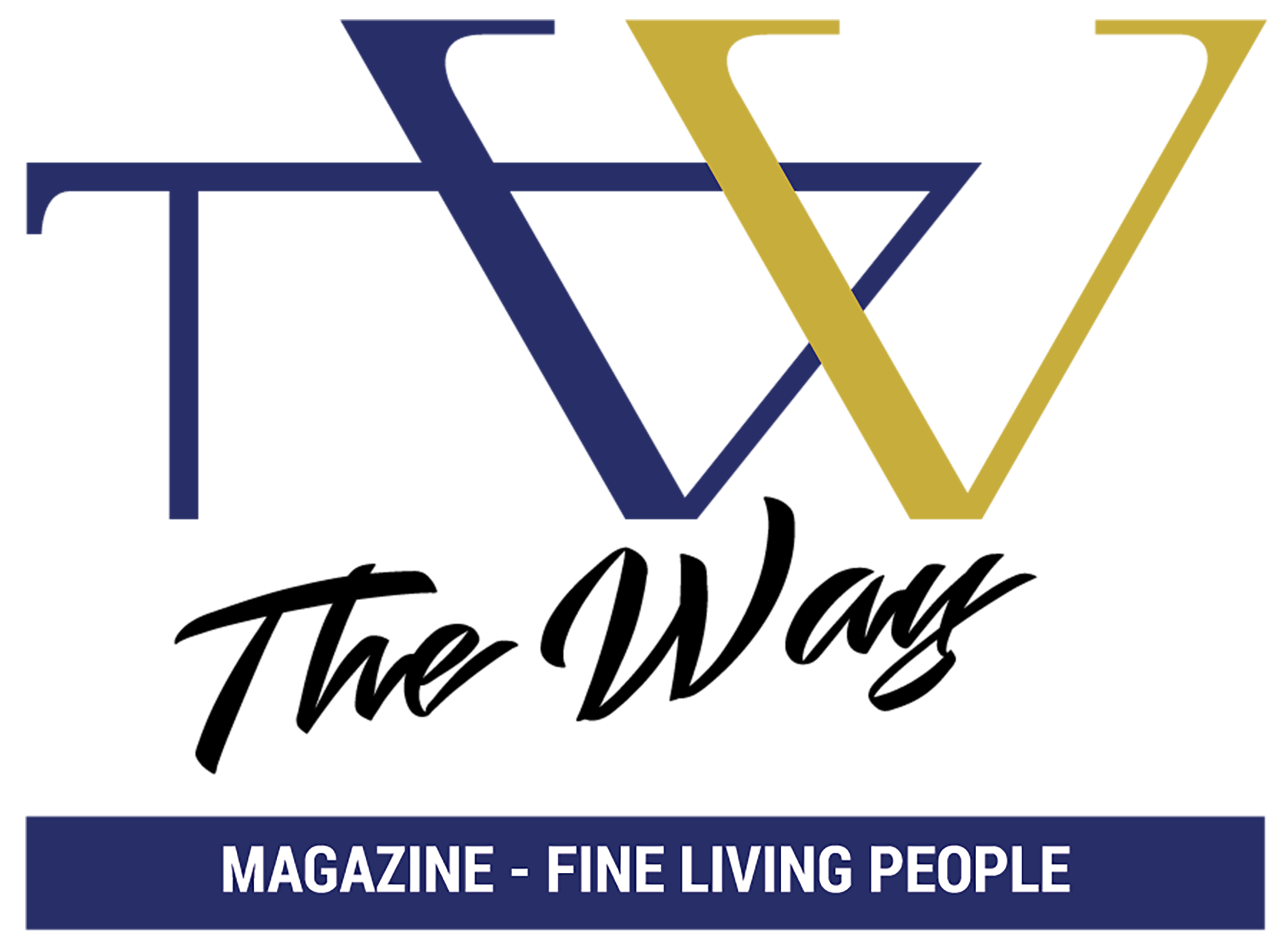Ha 30 anni e un carico di mostre della sua arte davvero provocatorie. Si chiama Alireza Shojaian ed è un fotografo all’avanguardia, emerso dall’enorme calderone artistico giovanile iraniano e spostatosi nella più tollerante Beirut, in Libano.
Le sue ultime due mostre presso la Artlab Gallery di Beirut si chiamano Corps-a-Corps e Sweet Blasphemy. Ha esposto i suoi lavori anche diverse volte a Teheran e in Norvegia ma in Italia ve ne parliamo noi di The Way Magazine per la prima. Un talento che farà parlare il mondo, ne siamo certi.

Sei nato a Teheran e trasferito a Beirut. Come sono questi 2 paesi per i nuovi artisti?
Essere un artista emergente è difficile ovunque a Teheran, a Beirut o altrove. Teheran e Beirut presentano ciascuno una serie di sfide proprie. La libertà di espressione e il controllo repressivo dei contenuti di Teheran costringono un artista impegnato a produrre opere d’arte a più livelli, mantenendole accessibili al grande pubblico. D’altro canto, Beirut impedisce a un artista non libanese di entrare nella società pienamente e fare networking, che è stato superato nel mio caso collaborando con artisti della comunità queer locale.
Stai facendo una dichiarazione con la tua arte riguardo al linguaggio del corpo, specialmente degli uomini. Incontri critiche nel mondo arabo? E il mondo occidentale?
Sono un artista impegnato che opera in una regione in cui la comunità LGBTQ è lontana dall’essere accettata, lasciata sola a ottenere i diritti quindi ci si può aspettare che ci siano delle critiche. Credo che in Europa i diritti siano già ottenuti ed esercitati. Per imporre il rispetto del lavoro, ho scelto le modalità di pittura classiche, questo invita gli spettatori ad ammirare le opere d’arte. Ad esempio alla fiera d’arte libanese BAF 2017, dove ho esposto il mio progetto intitolato “Il momento perfetto” che ho riprodotto come una delle fotografie di Robert Mapplethrope (Tow men dancing), c’era una persona che mi ha detto: “Anche se sono contro il tuo soggetto, non posso smettere di guardarlo”.

Hai uno specifico stile marrone / caldo per rappresentare i tuoi corpi artistici. Cè una ragione specifica?
Ogni dettaglio nel mio lavoro ha una ragione specifica. Scelgo la tavola di legno come supporto per le mie opere d’arte per il suo colore e la sua consistenza, al fine di ridurre al minimo il materiale-soggetto. Quel colore marrone caldo è a causa del legno. Ciò lo rende leggero e semplice, scegliere il disegno come tecnica è per parlare al pubblico in un modo molto semplice e basilare.
Anche i soggetti sembrano essere costantemente sotto pressione per qualche motivo. È intenzionale?
Scelgo intenzionalmente il mio soggetto e lo metto sotto pressione. Provengo da una società che è repressivamente omofobica, mi sono trasferito in Libano dove la comunità LGBTQ gode di maggiore tolleranza, eppure resto ancora in prima linea nella battaglia per i diritti fondamentali delle identità sessuali.
Hai un riferimento nel mondo dell’arte occidentale a cui tieni d’occhio?
Tecnicamente guardo gli artisti del XV secolo per il loro classicismo. In compenso ringrazio Robert Mapplethorp, Andy Warhol, Tom Bianchi, Francis Bacon per aver scelto di vivere la loro identità e imporsi come changer. Loro costituiscono riferimenti artistici in un momento in cui gli occidentali hanno affrontato le stesse questioni legate all’identità sessuale che stanno emergendo nel mondo arabo. Anche qui c’è bisogno del rispetto per la loro arte.
Sei mai stato in Italia e cosa ti piace di più della cultura italiana?
Sfortunatamente no. Finché siamo giudicati sulla nazionalità, e non in base al nostro valore personale, per ora l’accesso all’Europa è difficile. Di sicuro mi piacerebbe visitare l’Italia dove c’è ricchezza di arte classica. Sicuramente l’arte e l’architettura sono ciò che ammiro della cultura italiana.
Quali sono i movimenti artistici che ti piacciono di più e cosa vai a vedere nelle gallerie?
Arte provocatoria, ma non solo. Vado a cercare ogni tipo di arte ma sicuramente arte non decorativa. Ho visto diverse mostre interessanti a Teheran, Beirut e in Turchia perché è uno di quei pochi paesi in cui posso andare senza visto.
Qual è il tuo prossimo grande progetto?
Fare domanda per la chiamata aperta di Salon D’automne al museo Sursock a Beirut e introdurre l’arte queer in un ambiente altrimenti conservatore, cercando di sensibilizzare sulla tolleranza. L’opera che ho intitolato “Hamed Sinno et un de ses Frères” è una collaborazione con Hamed Sinno, il cantante della band Mashrou ‘Leila. È il pezzo più grande che abbia mai prodotto (150x220cm), imponendo una sfida tecnica grazie alla sua dimensione come disegno. L’argomento è un documento storico relativo al Medio Oriente, in particolare l’Egitto, e Hamed Sinno rappresenta un’icona gay libanese che sta aprendo la strada alla parità di genere, tolleranza, libertà di scelta in tutto il Medio Oriente. Ho deciso di non pubblicare alcuna foto di questo progetto prima della mostra e tenerlo come una sorpresa per i miei amici libanesi. Sarà anche un nuovo inizio per me quest’estate che compio 30 anni.

—————————-English version ——————————————————————
You were born in Teheran and moved to Beirut. How are these 2 countries for new artists?
Being an emerging artist is difficult anywhere Tehran, Beirut or elsewhere. Tehran and Beirut each presents a set of challenges proper to itself. Tehran freedom of expression and repressive content control with forces an engaged artist to produce multi-layer artwork, yet keeping it accessible to the general public. Beirut on the other hand, impedes a non Lebanese artist at the level of acceptability and networking, which was overcome by collaborating with artists from the local queer community.
You are making a statement with your art about the body language, especially of men. Do you encounter criticism in the Arab world? And the Western world?
I am an engaged artist operating in a region where the LGBTQ community is far from being accepted, left alone obtaining rights therefore criticism is to be expected. I believe in Europe, rights are already obtained and exercised. To impose respect of the subject matter, I chose the classical modes of painting, this calls on viewers to admire the artworks. For example in BAF 2017 where I had my project titled “the perfect moment” which I reproduced one of the photographs of Robert mapplethrope (Tow men dancing) as a drawing, it was a person who told me “Even though I’m against your subject, I can’t stop looking at it.”
You have a specific brown/warm style of representing your art bodies, is there a specific reason?
Every detail in my work has a specific reason. I choose the wood board as support of my artwork for its color and texture, in order to reduce the topic material to a minimum. That warm brown color is because of the wood. This keeps it light and simple, choosing drawing as a technique is a way to talk to the audiences in a very simple and basic way.
Also the subjects seem to be constantly under pressure for some reason. Is it intentional?
I intentionally choose my subject to be under pressure. Once more I am an engaged artist, coming from a society which is repressively homophobic, and moved to Lebanon where LGBTQ community enjoys more tolerance, yet still at the forefront of the battle for basic sexual identity rights.
Have you got a reference in the western art world you look up to?
Technically I look up to the artists from the 15th century for their classicism. In the other hand I salute Robert Mapplethorp, Andy Warhol, Tom Bianchi, Francis Bacon for choosing to live out their identity and impose themselves as artistic changers and references in a time that western contries were facing the same issues related to sexual identity as we’re facing now in the Middle east, and respect for their art.
Have you ever been to Italy and what do you like the most about the Italian culture?
Unfortunately no. As long as we are judged on nationality, belonging not on our personal worth, until now access to Europe is difficult, for sure I would love to visit Italy where there is wealth of classical art. Definitely art and architecture is what I admire about Italian culture.
Which are the art movements you like the most and what do you go and see in galleries?
provocative art, but seek all kind of art but for sure non-decorative art, different exhibitions in Tehran where I lived there, Beirut now that reside here and in Turkey as it is one of those few countries where I can visit without a visa.
What is your next big project?
Applying for the open call of Salon D’automne at Sursock museum in Beirut and introducing queer art in an otherwise conservative environment , trying to raise awareness about tolerance. The artwork which I titled “Hamed Sinno et un de ses Frères” is a collaboration with Hamed Sinno the lead singer of Mashrou’ Leila. It is the biggest piece I have ever produced (150x220cm), imposing a technical challenge due to its dimension as a drawing. The subject is a historical document related to the Middle East specially Egypt, and Hamed Sinno as Lebanese gay icon who is opening the way for gender equality, tolerance, freedom of choice in whole the Middle East. I decided to not publish any photos of this project before the exhibition and keep it as a surprise for my Lebanese friends, I should mention that this project is a gift to myself to celebrate the beginning of my thirties in this summer.









